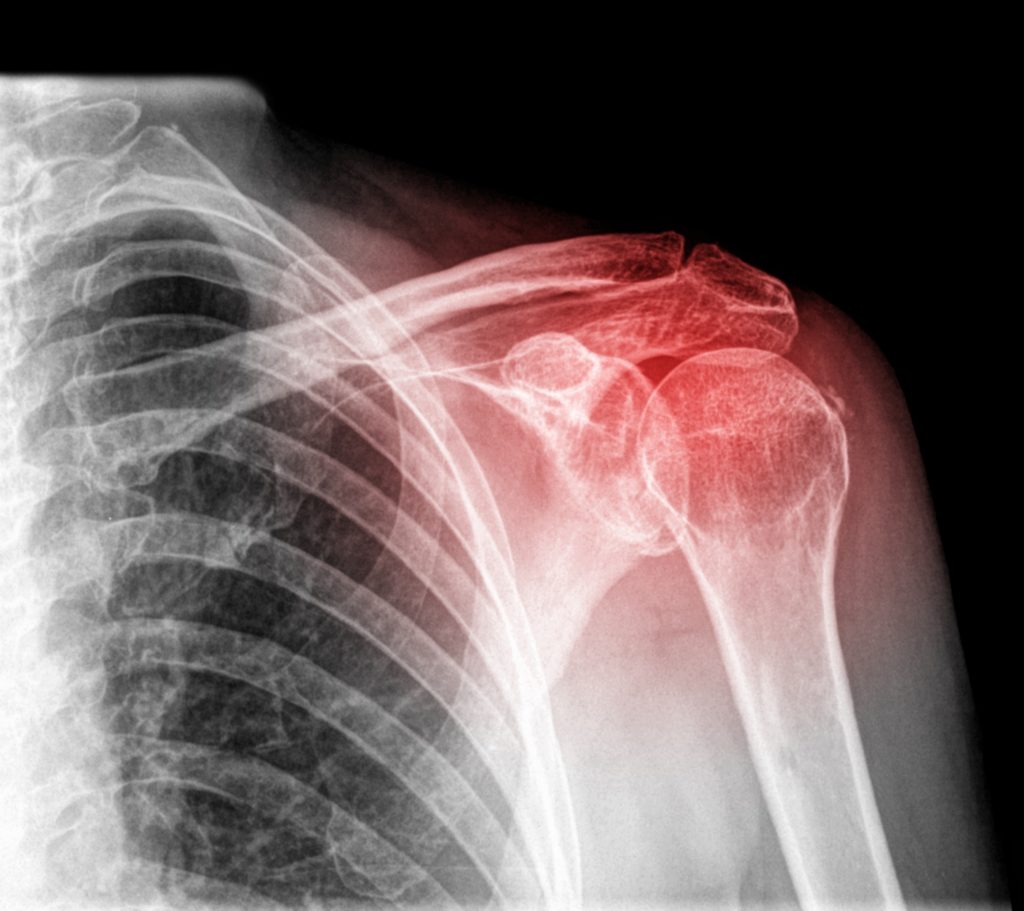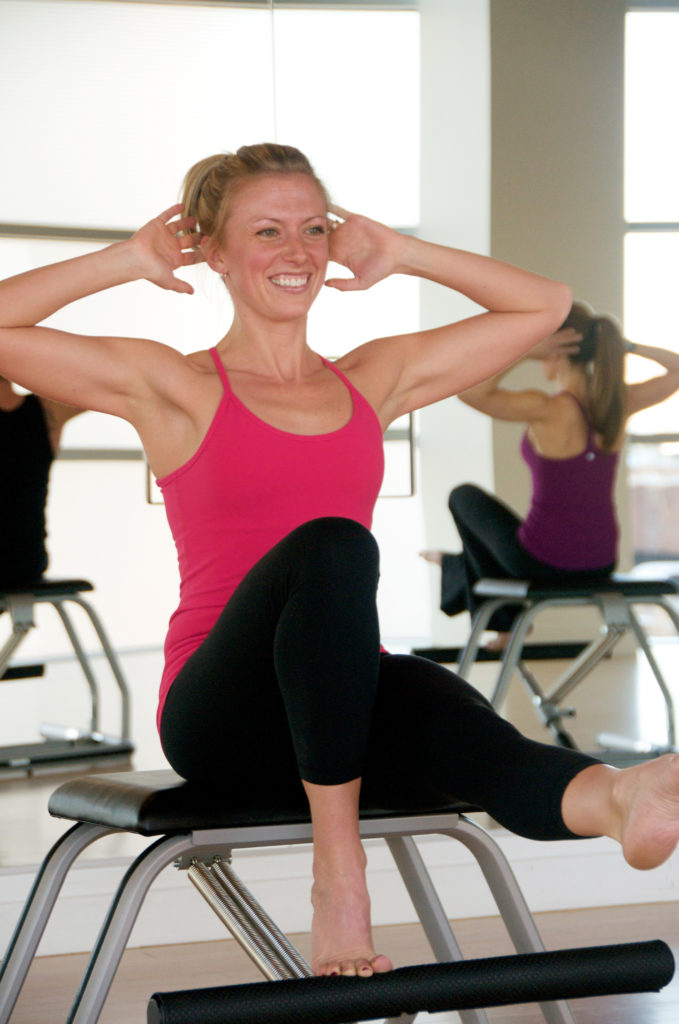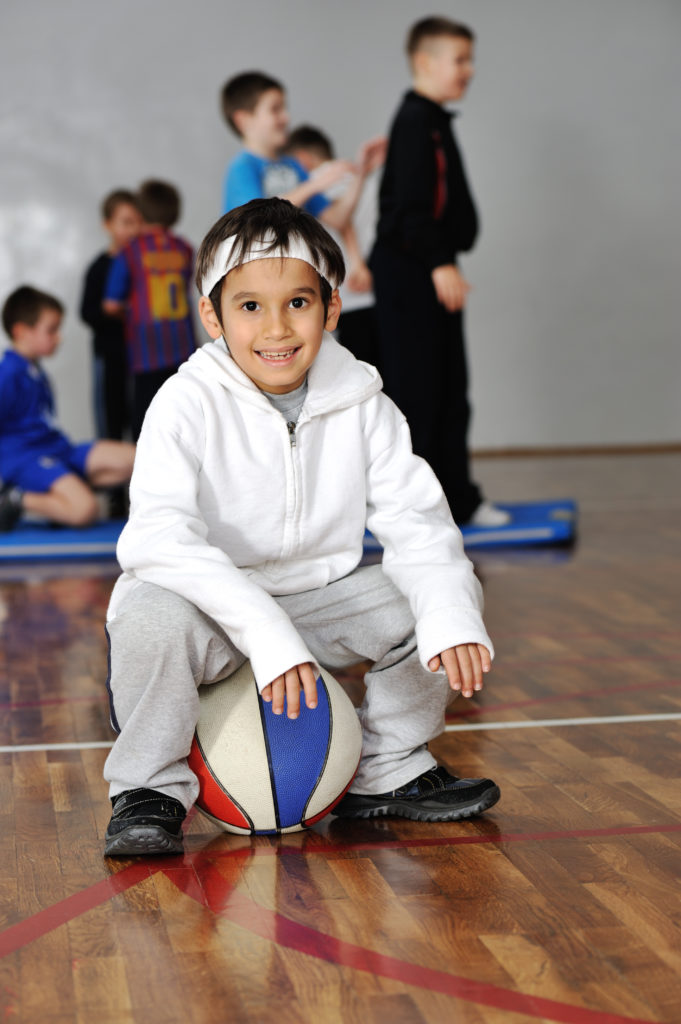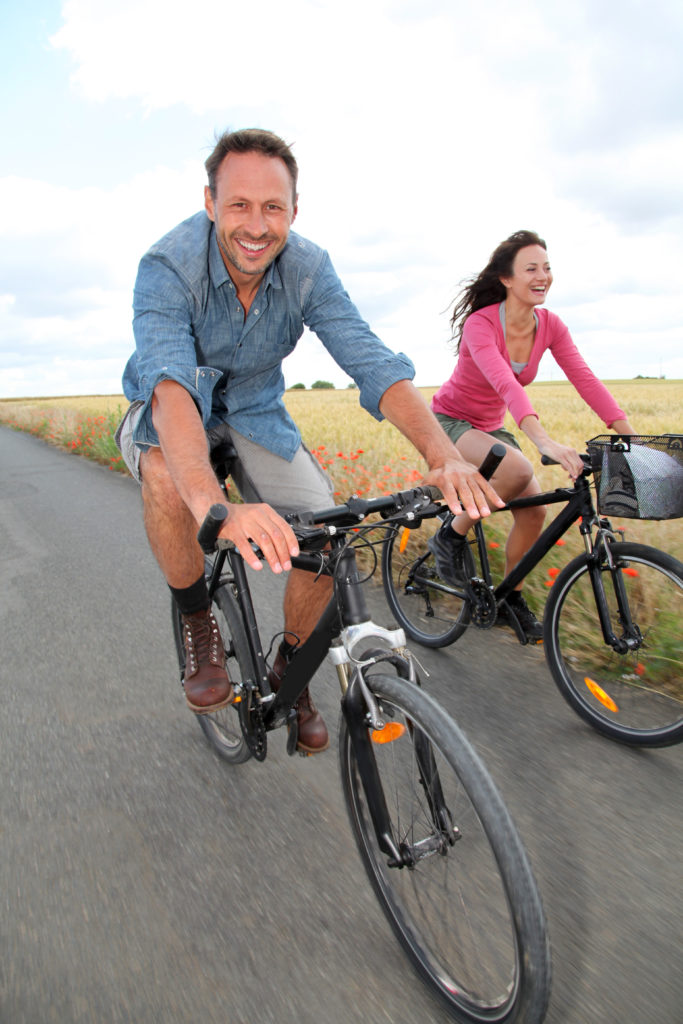Archive for February 2013
Overheard in the Locker Room
You just finished teaching what felt like a seamless kickboxing class. You’re feeling that post-teaching buzz that comes from your own endorphins and the added high of inspiring others to move their bodies and have fun.
As you pass through the locker room to freshen up, you overhear a conversation that kills your buzz.
Read More4 Ways to Increase Revenue
Wouldn’t it be great to gather the best practices of fitness facilities around the country and distill this knowledge into one terrific guide to success? This column explores the very best secrets for operating, managing and marketing a fitness facility. Whether you manage/operate a small studio or a large, multipurpose fitness center, these golden nuggets will help you run your business more successfully and profitably.
Four Sensible Strategies
You may not have thought of these methods for boosting your bottom line:
Read MoreThoracic Kyphosis: Solutions for Clients
Excessive thoracic kyphosis is a disproportionate forward rounding or curvature of the middle and upper back, also known as the thoracic spine (Kendall, McCreary & Provance 2005). ETK is an extremely common musculoskeletal imbalance brought on by prolonged time in some postural positions; exercise and/or activity choices; environmental factors; myofascial dysfunction; intolerances to food and/or other allergic reactions; and psychological stress.
Read MoreSmall-Group Secrets: Programming for Profit
Fitness is an exciting industry filled with passionate people. Yet personal training itself is frequently a dollars-for-hours trade with inherent income limits and a high rate of burnout.
The solution? Convert to a small group–dominant business model, where one trainer works with up to a dozen clients at the same time (see www.ideafit.com/fitness-library/small-group-secrets-the-start-up-plan).
Read MoreSaving a Sinking Ship, Part 4: Understanding the Financial Structure of Your Business
When you’re looking to build a successful personal training business, having a sound understanding of finances is a must. Most fitness experts possess exceptional interpersonal skills and are able to transform lives. But they often lack the ability to effectively manage and balance a budget and to use it to forecast and take advantage of financial trends. Financial mishaps and misunderstandings can lead to business failure in no time. In this article, I will share several simple strategies that you can implement today to get your business on track to financial freedom.
Read MoreDe-Stress & Disconnect: Tips for Planning a Vacation
This article will explore why disconnecting is an essential part of career success. You will also learn the steps required to make sure your business doesn’t suffer while you’re away.
Recharge Before You Crash
Read MoreCan You Make Money By Specializing?
When I first considered specializing in women’s health and fitness, I was worried I would limit my business too much to a certain demographic, ultimately decreasing my cash flow. I live in a rural community, and the client pool was small to begin with. But my passion was to work with women—new and expecting moms, women who needed to focus more on strength and fitness than on thinness, women who had struggled most of their lives with their weight and their self-esteem.
Read MoreArmchair Fitness?
We all know that too many people sit for much too long—and by doing so endanger their health. German researchers may have a solution to get people moving.
Read MoreTai Chi May Improve Bone Health in Women With Osteopenia
Middle-aged and older women with osteopenia who practiced tai chi over a 9-month period experienced a reduction in bone density loss and an improvement in postural control that reduced the risk of falls, according to authors of a randomized pilot study conducted in the Boston area. Harvard Medical School researchers designed the study to assess the effectiveness of tai chi and usual care compared with usual care alone for slowing bone loss in postmenopausal osteopenic women.
Read MoreBreast Cancer Survivors Improve Endurance With Pilates Chair Exercise
Breast cancer survivors may effectively improve muscle endurance with Pilates chair training, which may have advantages over traditional resistance training since the chair requires less space, can be less expensive and may be more enjoyable for some people.
Read MoreObese Children More Vulnerable to Food Advertising
When viewing food logos, obese children show less activity in regions of the brain associated with self-control than do their healthy-weight counterparts, reports The Journal of Pediatrics.
Researchers from the University of Missouri, Kansas City, and the University of Kansas Medical Center tested youth aged 10–14, using both self-reported measures of self-control and functional magnetic resonance imaging, which tracks blood flow as a measure of brain activity.
Read MoreTime to Eat Rye Crackers? Whole Grains and Prediabetes
More whole-grain good news, this time from Sweden. Over 5,500 Swedish residents tracked and measured their intake of whole and refined grains. Ten years later, those who ate more than 59 g (about 2 ounces) of whole grains per day were 27% less likely to becomeprediabetic than those who ate 30 g or less. \
Read More2012 Shape of the Nation Report
With health threats from overweight and obesity still looming, physical activity in schools continues to be a hot button. How do U.S. children rank when it comes to physical education and exercise? Here are some highlights from the 2012 Shape of the Nation Report: Status of Physical Education in the USA:
14% of students did not participate in at least 60minutes of physical activity on any day during the 7 days before the survey.
71% of students were physically active at least 60 minutes per day on fewer than 7 days during the 7 days before the survey.
Overweight, Obesity, Triples in Armed Forces
Serving in the U.S. Armed Forces is physically demanding, and military leaders have developed measures to ensure recruits are “mission-ready.” Unfortunately, a significant number of both first-time applicants and active military personnel do not meet this standard.
Read MoreMuscularity in Young Men Linked to Mortality Rates
That 98-pound weakling may want to hit the gym if he hopes to live a long life. A study published in the British Medical Journal (2012; 345: e7279) suggests that male adolescents without much muscle strength may earn early death in adulthood.
The large study included 1,142,599 Swedish males aged 16–19 who were followed for 24 years. The primary focus was to determine whether muscular strength had any impact on mortality rates. Premature death in this study was considered death before 55.
Read MorePartner Up and Power Up
Want to help your client get the most out of her exercise session? Get her a partner, says new research.
The purpose of the study, published in the Annals of Behavioral Medicine (2012; 44, 151–59), was to see if there was an ideal scenario for motivating exercisers to intensify their workouts. To determine this, the researchers randomly divided 58 female subjects among three scenarios: solo exercise; coactive (exercising independently alongside another person); or conjunctive (exercising with a partner perceived to possess greater capability).
Read MoreSit-to-Stand Predicts Mortality in Older Adults
A person’s ability to get up from the floor may be a predictor of mortality, according to researchers from Clinimex Exercise Medicine Clinic in Rio de Janeiro.
The study, published in the European Journal of Cardiovascular Prevention (2012; doi: 10.1177/2047487312471759), examined information from 2,000 adults, aged 51–80, from 1997 to 2011. Participants were asked to perform what researchers termed the sitting-rising test, a useful assessment of musculoskeletal fitness. Anyone currently playing sports or presenting with musculoskeletal limitations was excluded.
Read MorePhysicians Unqualified to Treat Obesity
Perhaps it’s time fitness professionals schooled physicians on how to solve the obesity problem. According to researchers from Johns Hopkins University, a significant percentage of polled primary-care physicians don’t feel qualified and educated enough to treat obesity.
The study, published in BMJ Open (2012; 2: e001871), included Internet survey data from 500 PCPs throughout the United States.
“We evaluated physician perspectives on the following topics:
Active Transportation Rates Dismal
The simple act of walking offers myriad health benefits—reductions in stress, blood pressure and mortality, to name a few. Despite these benefits and the accessibility of walking, the majority of U.S. citizens do not walk continuously for more than 10 minutes in an average week.
Read MoreTop 5 Health Trends
The National Consumer Research Institute has come out with its list of the five top health trends. The institute studied health-related attitudes and behavior in the U.S. to formulate trends expected to make headlines for the rest of the year.
Read More












